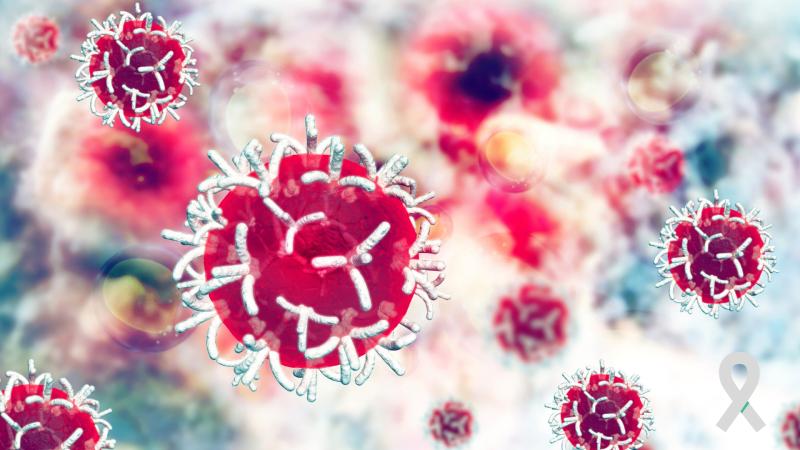
Newly-patented indigenous CAR-T cell technology puts cancer treatment within reach for patients in India
An emerging way to treat cancer is immunotherapy, where the patient’s immune system is strengthened to attack cancer cells. It is less painful than surgery, chemotherapy or radiation therapy, and is known to lower the relapse of cancer. Now, researchers at the Indian Institute of Technology Bombay (IIT Bombay) have developed a patented technology to leverage the patient’s immune system to cure cancer.
Prof. Rahul Purwar and his team of scientists from the Department of Biosciences and Bioengineering, IIT Bombay, have used a combination of gene therapy and cell therapy to modify the immune cells to attack and kill cancer cells. They have secured a patent for their approach and in collaboration with Prof Gaurav Narula of the Tata Memorial Hospital, they plan to start a clinical trial soon.
Specialised killer cells, called 'T-cells', in the human immune system, protect our body from cancer and other diseases. They can recognise tumors and cancerous growths destroy them. In advanced stages, cancer cells can inactivate T-cells or modify themselves in a way that these cannot detect them. A new approach in immunotherapy, called CAR T-cell therapy restores the ability of the T-cells to recognise the cancer cells and kill them.
Chimeric Antigen Receptors or CARs are proteins that assist the T-cells to recognise and attach to a specific protein, or antigen, present on cancer cells. The interaction between these two proteins leads to the destruction of the cancer cell.
First presented in 2017, the CAR T-cell technology looks very promising for the treatment of cancers, especially leukaemia. For now, this therapy is not available in India, and costs crores of rupees abroad. A private sector company hopes to import the technology and make it available for Indian patients for about ₹35,00,000. Prof Purwar and his team’s newly-engineered CARs and the method to create patient-specific CAR T-cells can help overcome the cost obstacle.
“Developed in India, this technology will be affordable for larger sections of society. Treatment using imported technology may cost crores, but now a single dose treatment could be possible with about ₹15 lakhs,” says Prof Purwar.
The CAR T-cells are popularly called ‘living drugs’ as T-cells are living cells, and they stay in the body forever. They are engineered from the patient’s T-cells. The therapy involves drawing blood from a patient and separating the T-cells, which are then genetically engineered with the help of a non-pathogenic virus, to produce CARs. The cells, which can now recognise the antigen on cancer cells and destroy them, are then reintroduced into the patient’s bloodstream.
Over the past six years, Prof Purwar and his team have been working to overcome the challenges of establishing an appropriate infrastructure and training program for staff and students in developing CAR-T cell technology. They collaborated with the National Cancer Institute as a knowledge partner and established a short-term scientist exchange program with them. They have delved into strategies that would improve the efficacy of this technique and demonstrated that a single injected dose would lead to multiplication of modified T-cells that can destroy cancer cells. They tested it on artificially grown cancer cells and carried out several quality checks to ensure the long-term safety of the treatment.
The researchers are now planning to submit an application to the Drug Controller General of India (DCGI) for regulatory approvals and are in the process of initiating clinical trials at the Tata Memorial Hospital.
‘‘We expect to start trials by mid or late 2020 depending on the DCGI approvals,’’ says Prof Purwar, adding that the product would be available in the market in approximately two years.
This article has been run past the researchers, whose work is covered, to ensure accuracy.






